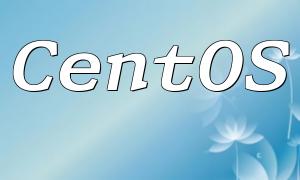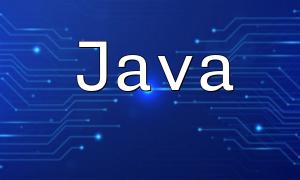As a widely used server-side language, PHP's input/output (IO) performance directly impacts website response speed and user experience. Under high concurrent requests, PHP IO overload often becomes a performance bottleneck. This article provides an in-depth analysis of the issue and proposes effective strategies.
IO overload refers to server performance degradation caused by excessive IO requests, commonly found in these scenarios:
When many users access the same resource simultaneously, server IO requests surge, increasing response times.
Handling large files such as images or videos significantly consumes IO resources and may congest the server.
Numerous unoptimized database queries and writes increase IO burden and degrade system performance.
Identifying IO overload involves monitoring system status and user experience:
Users experiencing notable delays or lag usually indicate IO overload.
Consistently high CPU and memory usage often correlate with intensive IO operations.
Examining Apache or Nginx logs for timeout or error entries can reveal potential IO bottlenecks.
To optimize performance against IO overload, consider these approaches:
Caching frequently accessed data reduces disk read requests and speeds up response times. For example:
function getData($key) {
$cacheFile = '/path/to/cache/' . $key . '.cache';
if (file_exists($cacheFile) && time() - filemtime($cacheFile) < 3600) {
return file_get_contents($cacheFile);
}
// Fetch data
$data = fetchDataFromDatabase($key);
file_put_contents($cacheFile, $data);
return $data;
}
Using message queues (like RabbitMQ or Redis) for asynchronous tasks allows IO-intensive operations to be handled in the background, improving response efficiency.
Reduce database IO pressure by designing proper indexes, minimizing query counts, and using connection pooling to enhance overall performance.
Utilizing Content Delivery Networks offloads server workload and speeds up loading of static files, reducing source server IO pressure.
PHP IO overload issues are prominent in high concurrency environments. Understanding their causes and applying file caching, asynchronous processing, database optimization, and CDN technologies can significantly improve application performance and user experience. Employing these optimization techniques helps developers build more efficient and stable PHP applications.









